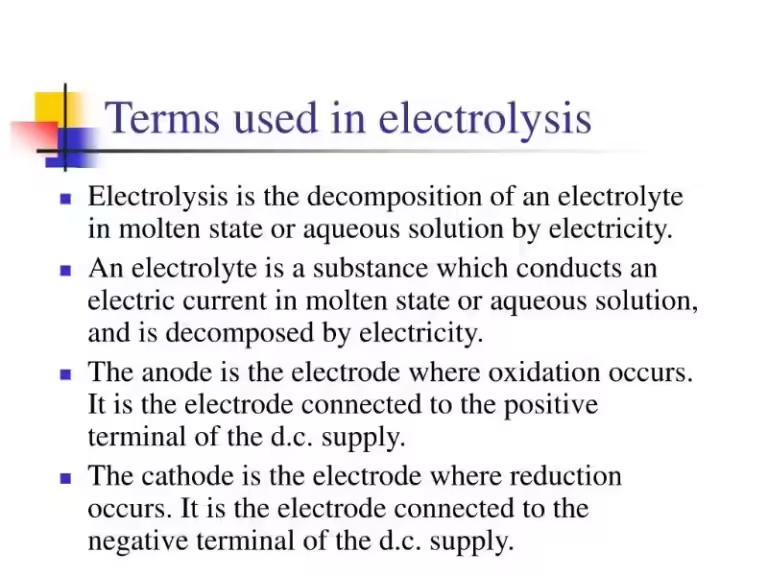All of the Following Are Methods of Electrolysis Except

Electrolysis is a renowned technique in the realm of hair removal, promising permanent results by targeting and destroying hair follicles. While various methods exist for unwanted hair reduction, not all fall under the umbrella of electrolysis. Let's delve into the fascinating world of hair removal, highlighting the distinction between electrolysis and other methods.
Understanding Electrolysis
Electrolysis stands as a widely recognized permanent hair removal technique. It involves the application of an electric current to individual hair follicles, effectively destroying them. This method is particularly effective for treating coarse, dark hairs and can be used on various areas of the body.
The procedure typically involves a skilled practitioner inserting a tiny needle-like probe into each hair follicle. A controlled electrical current is then passed through the probe, damaging the hair follicle's ability to produce hair. While electrolysis is considered a permanent solution, multiple sessions are often required for optimal results, as hair follicles go through different growth cycles.
Methods of Hair Removal
The realm of hair removal encompasses a diverse array of techniques, each with its own merits and drawbacks. While electrolysis stands as a permanent solution, other methods offer temporary or semi-permanent results.
Temporary Hair Removal Methods
These methods provide temporary relief from unwanted hair, typically lasting for a few days to a few weeks.
- Shaving: The most widely used and readily available method, shaving involves using a razor to cut hair at the skin's surface. It's quick, convenient, and inexpensive, but the results are temporary, and it can lead to ingrown hairs.
- Depilatories: Depilatories are chemical creams or lotions that dissolve hair at the skin's surface. They are relatively easy to use and can be found in most drugstores. However, depilatories can be harsh on the skin and may cause irritation, particularly for those with sensitive skin.
Semi-Permanent Hair Removal Methods
These methods offer longer-lasting results compared to temporary methods, but they are not permanent and require repeated treatments.
- Waxing: Waxing involves using heated wax to remove hair from the root. It is a more effective method than shaving or depilatories, as it removes hair for a longer period. However, waxing can be painful, particularly for sensitive skin.
- Sugaring: Sugaring is a method similar to waxing but uses a sugar-based paste instead of wax. It is often considered less painful than waxing and gentle on sensitive skin.
Permanent Hair Removal Methods
These methods aim to permanently reduce or eliminate hair growth by targeting and destroying hair follicles.
- Laser Hair Removal: Laser hair removal utilizes a high-intensity laser beam to target and destroy hair follicles. It is considered a permanent method, but it may require multiple sessions to achieve optimal results. Laser hair removal is most effective on dark hair and light skin.
- Intense Pulsed Light (IPL): IPL is another method that utilizes light energy to target and destroy hair follicles. It works similarly to laser hair removal but uses a broader spectrum of light, making it less precise. IPL is often less effective than laser hair removal and may not be suitable for all hair types.
Electrolysis: The Exception
While all the aforementioned methods aim to remove unwanted hair, only electrolysis directly targets and destroys hair follicles using an electric current. All other methods, whether temporary or semi-permanent, rely on different mechanisms to remove or inhibit hair growth, but they do not directly destroy the hair follicle.
Choosing the Right Hair Removal Method
The ideal hair removal method depends on individual factors, including hair type, skin sensitivity, desired results, cost, and time commitment. Consult a dermatologist or licensed professional for personalized advice and recommendations.
Understanding the distinctions between electrolysis and other hair removal methods empowers individuals to make informed decisions about their hair removal journey. Whether seeking a temporary solution or a permanent solution, finding the right method is key to achieving desired results and maintaining healthy, radiant skin.
Frequently Asked Questions
What are the different methods of hair removal?
Shaving, depilatories, waxing, sugaring, electrolysis, laser hair removal, and intense pulsed light (IPL) are all methods of hair removal.
Which of the following is NOT a method of electrolysis?
Electrolysis is a method of hair removal, so the answer to this question is all of the following are methods of electrolysis.








